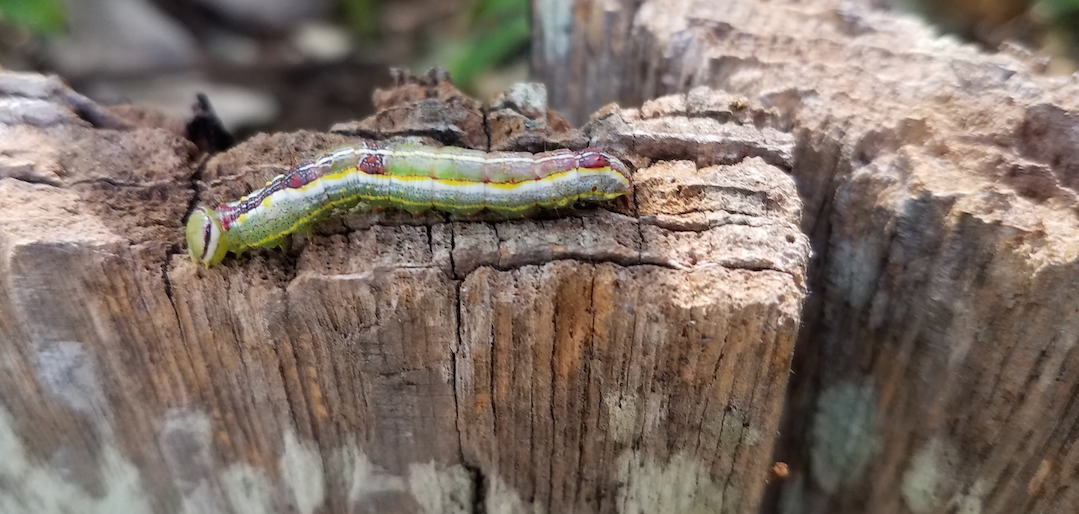Insect blamed for tree defoliation
Published 10:32 am Wednesday, August 2, 2017

- A variable oakleaf caterpillar is pictured in Lunenburg County moving across a piece of wood. The spike in oakleaf caterpillar population has been cited by the Virginia Department of Forestry as the cause for defoliation in counties across Virginia, including Lunenburg.
Lunenburg County is one of several counties across Virginia that has experienced a sharp increase in activity from an insect that’s prompted a notice from the Virginia Department of Forestry (VDOF).
According to a news release from the VDOF, there has abeen increasing defoliage, or trees that have had their leaves stripped or eaten by the variable oakleaf caterpillar.
The release cited that hardwood trees, particularly white oaks, have been also been affected in Charlotte County.
VDOF’s Area Forester for Lunenburg County Amy Bigger said officials have noticed activity in the Southwestern portion of Lunenburg and in Fort Mitchell.
Bigger said she responded to a call from a landowner who had damage from his trees from the caterpillars.
The variable oakleaf caterpillars range from shades of green, yellow, brown and red.
Many have a large red streak down their backs.
Bigger said while it isn’t uncommon to see variable oakleaf caterpillars in the county, they are normally regulated by natural predators, which include wasps and birds.
“The natural predators aren’t keeping it in check,” Bigger said of the insect’s activity, noting the numbers of oakleaf caterpillars have been “exploding” this year.
She said the caterpillars typically stay in one place, and their activity is not expected to spread to other parts of the county.
The caterpillars’ effect on the trees is apparent. Bigger noted that the oakleaf caterpillars eat every part of the leaf except for the main stem and the veins.
“It does not usually kill the tree,” Bigger said. She noted that it can cause stress to the trees, and trees with preexisting stress could be more vulnerable to the caterpillars.
She noted that there have been spikes in variable oakleaf caterpillars’ activities before, noting that VDOF recorded the last outbreak to be in 2006.
Second-generation larvae, from adult oakleaf moths, begin to feed in August, according to the VDOF, and upon completion of feeding in September will move to the ground to spin cocoons.
According to information from the VDOF provided by Bigger, larvae from the variable oakleaf caterpillar can secrete formic acid when threatened, and people are not encouraged to hold the caterpillars as it could lead to skin irritation.
Bigger and Senior Forester Adam Smith noted that there is little that can be done about the caterpillars. Bigger said chemical control usage is not recommended, though pesticide treatment, if used responsibly, may be used for individual trees or recreational areas.
Smith had similar advice, noting questions can be directed to the local VDOF office at (434) 696-2759.
“What they recommend is to let the caterpillar run its course,” Smith cited as the department’s advice to the public.



